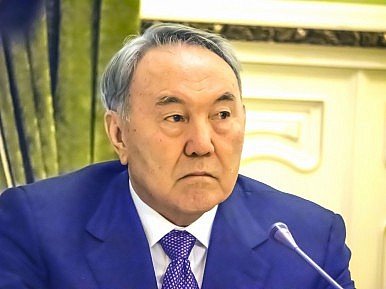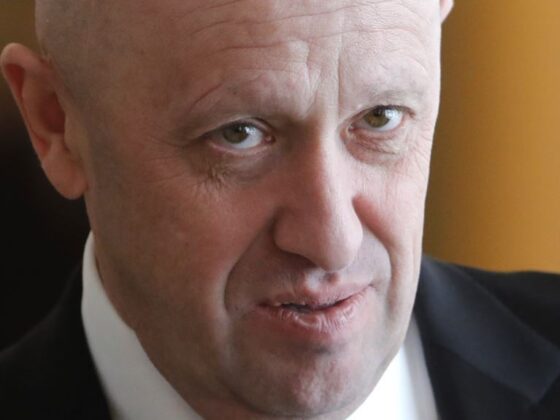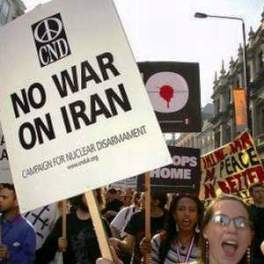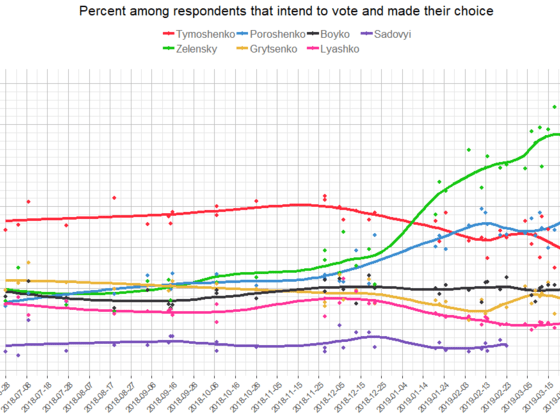(The Diplomat) One of the more prominent thought-experiments for those watching Central Asia deals with the region’s plans for succession – or lack thereof. In such top-heavy political atmospheres, largely closed and calcified, musing on succession in Kazakhstan, Uzbekistan, or Tajikistan has become something of a pastime in and of itself. When Uzbek President Islam Karimov disappears for weeks, or when Kazakh President Nursultan Nazarbayev purportedly jets to Germany for surprise surgery, questions and concerns and hypothesizing spike once more, grasping at what little information trickles out. […]
A recent policy brief from The Program on New Approaches to Research and Security in Eurasia (PONARS Eurasia), however, seeks to bring that disappeared middle ground back into discussion. Scott Radnitz, an Associate Professor in the Henry M. Jackson School of International Studies and Director of the Ellison Center for Russian, East European, and Central Asian Studies at the University of Washington, notes that despite “chances [being] high that some of the predictably predictable states of the region … will experience major leadership turnovers” soon, the Turkmen/Kyrgyz models don’t do the possibilities justice. In actuality, a third way seems to carry just as much potential. Instead of assuming a smooth passage to a successor, or instead of anticipating ethnic- and state-collapse, another option remains on the table.
Read More © 2015 The Diplomat











